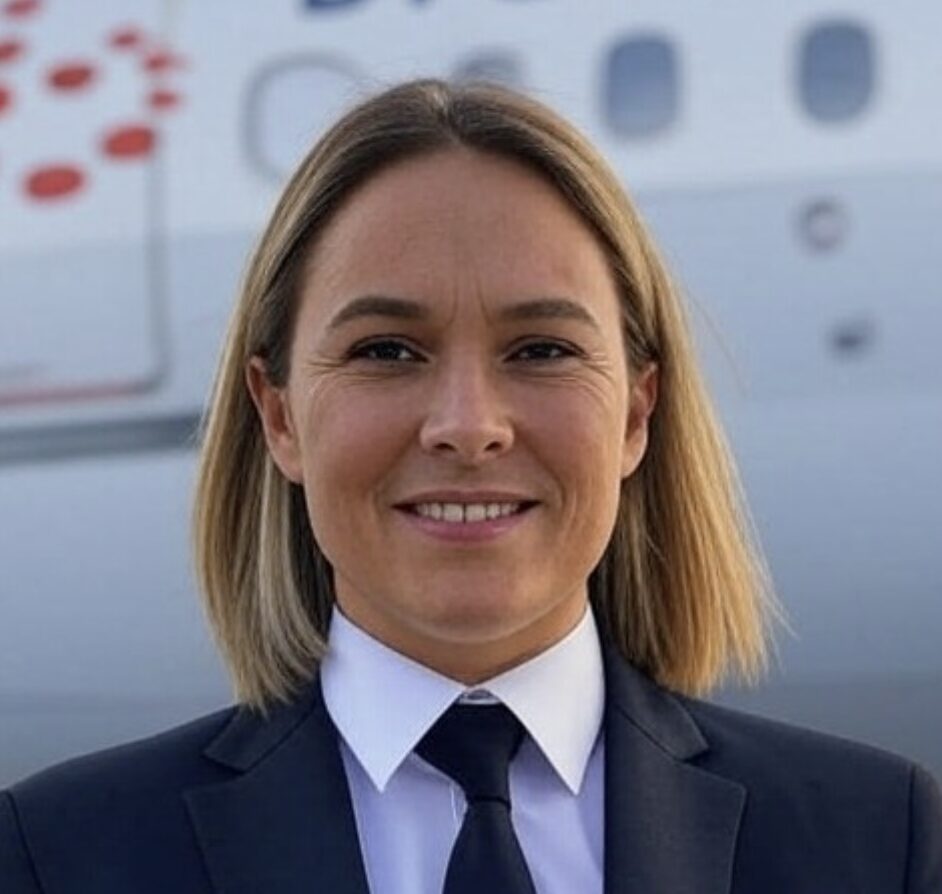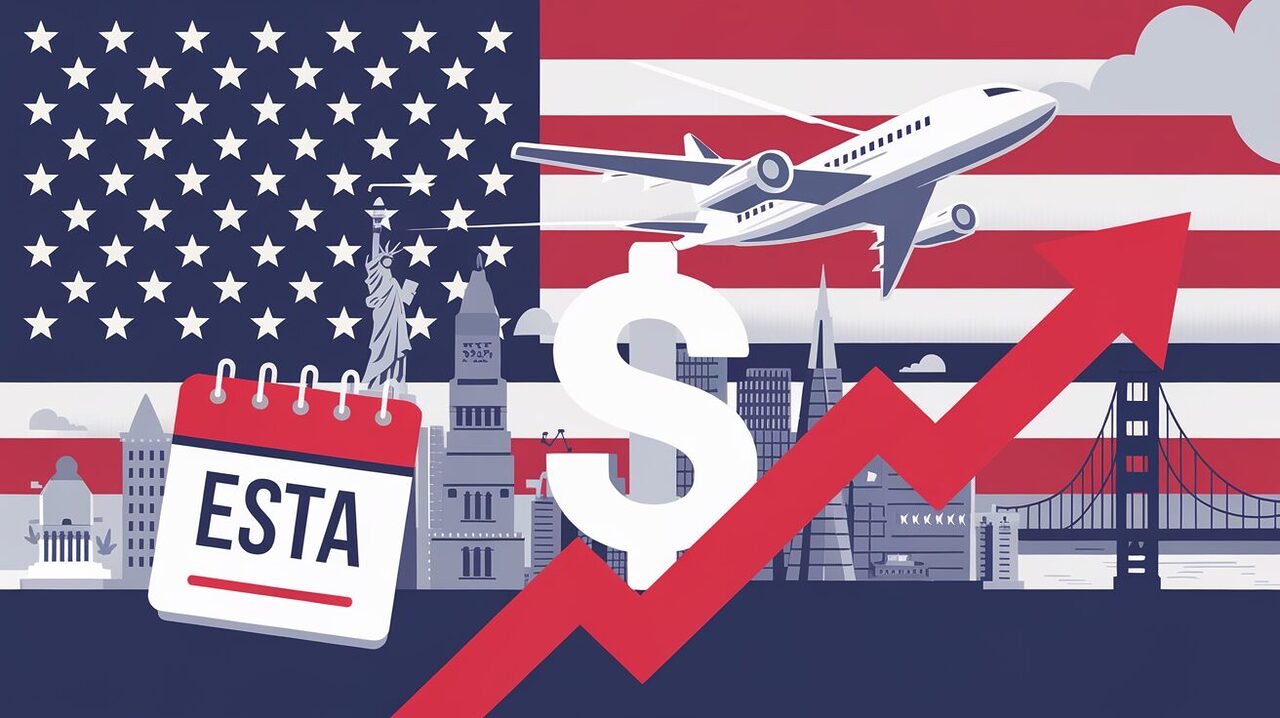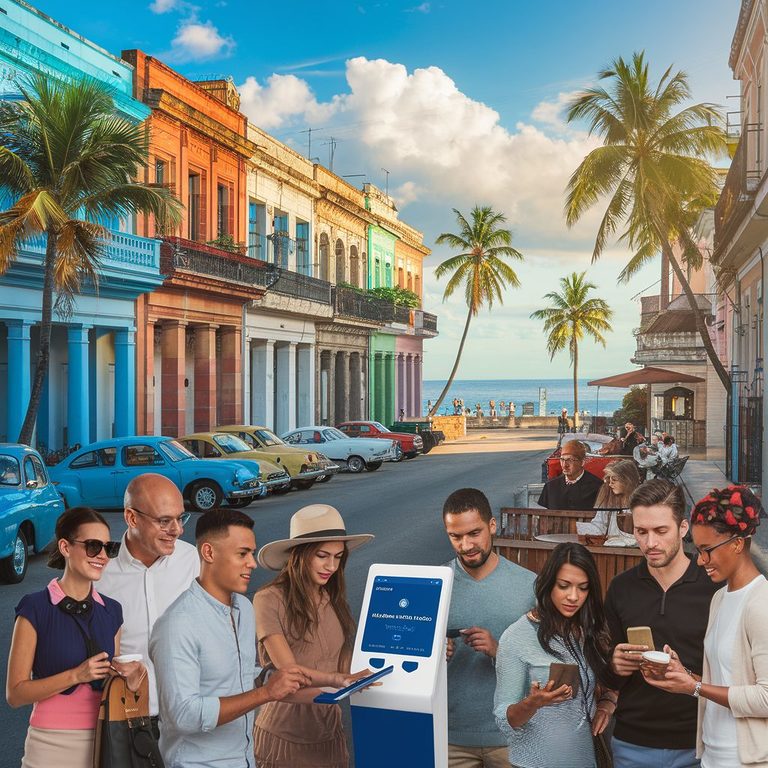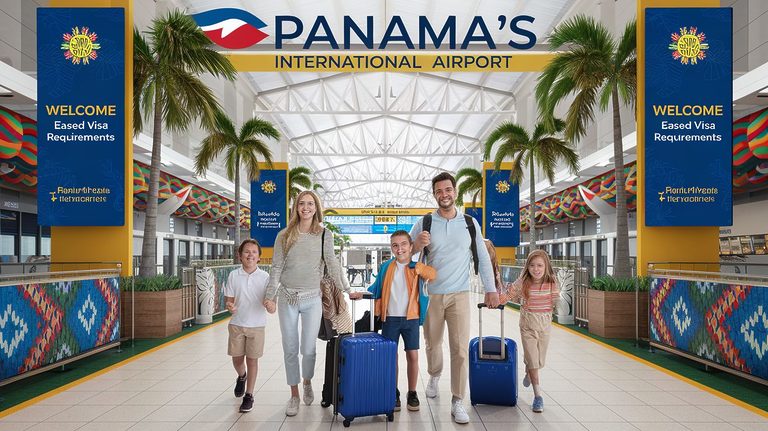Travelers preparing for a visit to the U.S. under the Visa Waiver Program (VWP) should be aware of potential changes that could significantly impact their travel budget. Recently proposed legislation suggests that the cost of the Electronic Travel Authorization (ESTA) could increase from USD 21 to USD 40, nearly doubling the current fee. This adjustment aims to boost federal revenues and address expenses related to immigration management and national security. As travelers navigate these evolving regulations, it’s essential to stay informed about the implications for their upcoming journeys.
Travelers planning to visit the United States under the Visa Waiver Program (VWP) may encounter a significant financial change soon, as proposals circulate to increase the cost of their Electronic Travel Authorization (ESTA) from USD 21 to USD 40. This potential increase aims to enhance funding for immigration management and national security, generating additional federal revenues.
Details of the Proposed Increase
The proposed fee hike is currently under consideration by U.S. legislators. A report released by the House Judiciary Committee on May 19, 2025 outlines a series of legislative recommendations, including the adjustment of ESTA fees. Lawmakers seek to leverage this increase to help address the rising costs associated with national security and immigration oversight.
Projected Financial Implications
The Congressional Budget Office (CBO), a non-partisan entity that evaluates the fiscal impact of legislation, has conducted an analysis of the proposal. According to their estimates, if the ESTA fee adjustment is ratified, it could yield an impressive $3.8 billion in additional revenue over the period from 2025 to 2034. Meanwhile, anticipated expenditures may rise by approximately $716 million, ultimately resulting in a net federal deficit reduction of around $3.1 billion within the same timeframe.
Legislative Process and Approval
It is vital to understand that this fee increase is still a proposal and has not yet been formally adopted into law. The legislative journey for this measure involves a thorough debate and approval process within the House of Representatives, followed by examination and voting in the Senate.
Once both legislative chambers have approved the bill, it remains for the President of the United States to sign it into law before the relevant agencies, such as the Department of Homeland Security (DHS) and U.S. Customs and Border Protection (CBP), can implement the new regulations.
Context on Current ESTA Authorization
An approved ESTA authorization remains valid for two years or until the traveler’s passport expires, whichever occurs first. This authorization permits multiple entries into the U.S. for stays up to 90 days per visit. However, it is essential to note that receiving ESTA approval does not guarantee entry into the United States, as the final decision lies with CBP officers at the point of entry.
Global Travel Dynamics and Regulatory Evolution
In light of the evolving travel landscape, travelers need to stay informed about potential changes in accessibility to the U.S. market. For instance, recent developments, such as the introduction of the Liptako Visa, and the updates on Electronic Travel Authorization requirements in other nations, indicate a trend towards stricter travel protocols globally.
Given significant viewpoints regarding measures like the European equivalent of ESTA (ETIAS) and the implications associated with them, it remains to be seen how international negotiations around such travel mandates will unfold. This situation will surely be monitored closely as the political landscape evolves.
In this context, the current proposal to amend ESTA fees is a significant consideration for international travelers. As negotiations and discussions progress, all eyes will be on the legislative process to see how this unfolding narrative influences travel costs and policies.
- Current ESTA Fee: $21
- Proposed ESTA Fee: $40
- Estimated Revenue Increase: $3.8 billion (2025-2034)
- Estimated Expense Increase: Approximately $716 million
- Net Reduction in Federal Deficit: Approximately $3.1 billion
- Proposal Status: Under legislative review
- Required Approvals: House of Representatives, Senate, Presidential signature
- Validity of ESTA: 2 years or until passport expires
- Maximum Stay: 90 days per visit
- Final Entry Decision: Made by CBP officers
Travelers planning to visit the U.S. under the Visa Waiver Program (VWP) may soon face a significant increase in the cost of their Electronic Travel Authorization (ESTA). A proposal being reviewed by U.S. legislators suggests raising the ESTA fee from USD 21 to USD 40, nearly doubling the current rate. This proposed increase aims to generate additional federal revenues to address rising costs associated with immigration management and national security.
The Congressional Budget Office (CBO) estimates that this fee hike could generate approximately $3.8 billion in revenue over the 2025-2034 period, while incurring about $716 million in expenses, resulting in a potential net reduction of approximately $3.1 billion in the federal deficit over the same decade. However, it is crucial to note that this increase is still a proposal and has yet to be approved by both the House of Representatives and the Senate.
Once approved, the change would need to be signed into law by the President of the United States before being implemented by relevant agencies. Travelers should be aware that an approved ESTA authorization is typically valid for two years, allowing multiple entries into the U.S. for a maximum stay of 90 days per visit, though it does not guarantee entry.

Hello! I’m Elisa, a 45-year-old travel companion with a passion for exploring new places and cultures. With years of travel experience under my belt, I thrive on creating memorable journeys for my clients. Let’s embark on an adventure together!





